How to Find or Create Your Brand Personality
What is the personality of your brand? No, it’s not a trick question. Is your brand formal or spunky or socially conscious?
Identifying and defining the identity and personality of your brand is crucial.
Even if you don’t define it, some sort of personality (even of the multiple variety) will come through. So it’s best to think about it now. The last thing you want is anyone else getting any say in how exactly your brand is defined.
Who do you want your brand to be?
2 Million+ Digital Assets, With Unlimited Downloads
Get unlimited downloads of 2 million+ design resources, themes, templates, photos, graphics and more. Envato Elements starts at $16 per month, and is the best creative subscription we've ever seen.
What is Brand Personality?
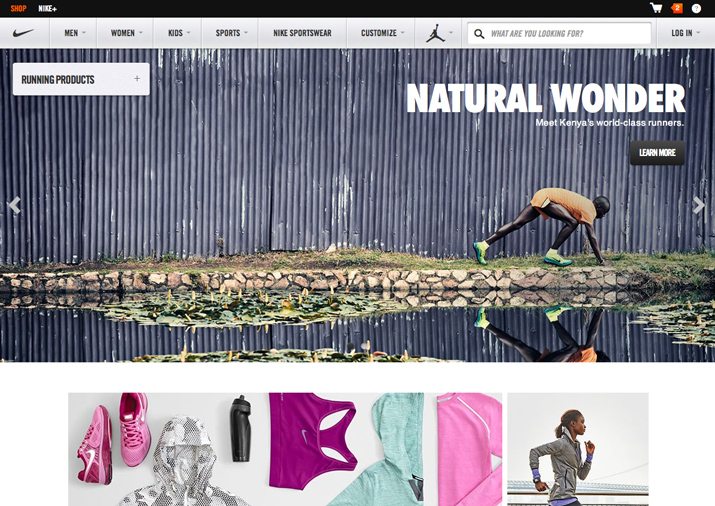
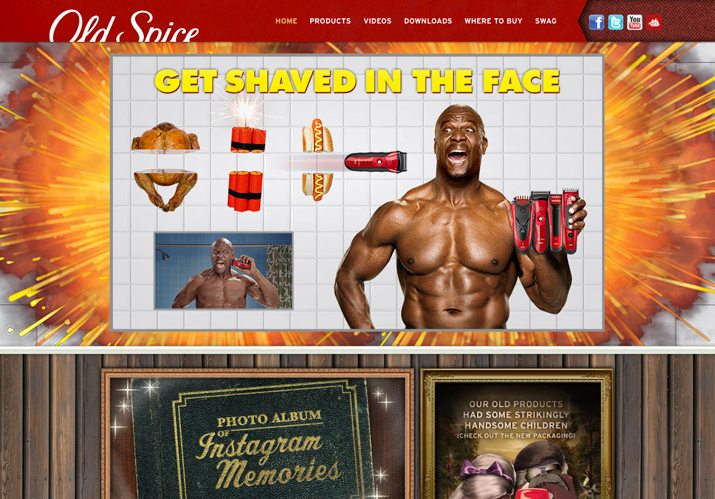
Brand personality is a set of emotional and associative characteristics connected to a company or brand name. These things shape how people feel about and interact with a company. Often a brand’s personality mirrors that of the target customer base.
Brands can have a variety of personality types and, left undefined, a mash-up of personalities based on the day. (This can be very confusing to users and consumers.)
The idea of a brand personality applies to companies big and small and to anyone with a web presence. This means you – the designer, the freelancer, the developer – are a brand of your own if you have a website or even participate in public social media channels. Cultivating and harnessing that personality can be a key factor in your success.
Types of Personality

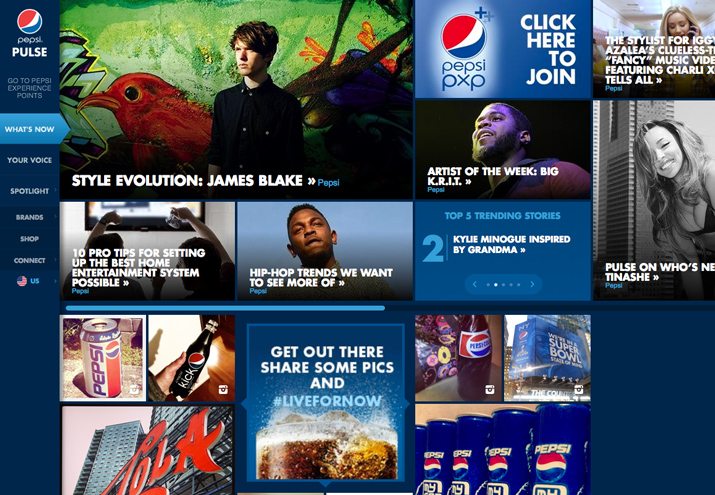
Before you settle on a brand personality, do a little research. Know who you are, what you are selling and who your customers are. Then brainstorm options; what kind of voice would best relate to your core base. Finally, create and establish that voice. A brand guide will help keep everyone on point and create a unique and consistent brand personality.
So what type of personality is the right fit? Start by thinking about your brand’s story. If you were telling someone new, how would you describe your product or website or business?
Brand personality types can be traced to 15 common traits that boil down to the “Big Five Personality Traits,” which was first developed in 1961. (This list is likely familiar to anyone who has taken a personality test.) The big five are openness to experience, conscientiousness, extraversion, agreeableness and neuroticism.
From those five traits come the brand equivalents: sincerity, excitement, competence, sophistication and ruggedness. Almost every brand can be described as one of these five personalities (or the opposite of such).
Personality vs. Identity


Now that you are thinking about brand personality, don’t get it confused with brand identity. Personality is the emotional, and human, association to a brand. Identity is the image created and used by a company to relate to consumers. An identity can include all forms of communication and visuals such as logos, colors or fonts.
But the two are symbiotic. A brand’s identity should be part of its personality. A fun voice means nothing if the logo and images are all overly formal. It is important to create both a voice and visuals that work together. Aaron Walter’s “Designing for Emotion” is a great lesson in branding, personality and identity if you want to learn more and big into a few case studies.
Brand Personality Quiz
So what kind of brand personality do you want to have? Think about your company name. Say it out loud. What other words come to mind?
Now take this exercise out of your office. Ask people the same question. Show them a copy of your logo and ask again. What kind of responses do you get? Put these sets of answers together and you will start to see the shape of your brand’s personality. Does it match what you have in mind?
As you keep thinking about brand personality, think about what you are and what you want to be. Here are a few comparisons to get you started:
- Formal or funny?
- Big or small?
- Boring or surprising?
- Reserved or outspoken?
- Stylish or classic?
- Premium or inexpensive?
- Masculine or feminine?
- Rigid or flexible?
- Young or mature?
- Charming or chummy?
Designing for Personality
Once you determine your personality, it’s time to start designing around it. Create a set of visuals that show off that personality and style. The key visual elements are color, typography and imagery. (Don’t forget to create a brand bible and style guide.)
Just as words create voice, so do the visuals. Certain colors can make you feel happy or sad, fonts can be seen as feminine or masculine, images can be dark and mysterious, or inviting and happy. Other elements can be seen as emotionless – think about the typeface Helvetica or the color beige, which take on properties of surrounding elements.
Associations should line up with the brand. Here are a few common elements and their associations:
Color
- Warm color: Happy, inviting, stimulating, active
- Cool color: Calm, relaxed, serene
- No color: Stark, bleak, simple
- Complementary color: Harmonious, soothing, trustworthy
- Contrasting color: Bold, active, impactful, chaotic, energetic
- Saturated: Intense, bold
Typography
- Serif typefaces: Formal, trusting, mature
- Sans serif typefaces: Informal, agreeable, modern
- Script typefaces: Typically feminine, elaborate, special
- Uppercase type: Impactful, bold, pushy
- Lowercase type: Informal, relaxed
- Titlecase type: Trustworthy, solid, expected
Images
- Images with no borders: Informal, fun, surprising
- Images with heavy borders: Strong, impactful
- Images with fine borders: Expected, mature, honest
Other elements
- Square elements: Formal, expected, mature
- Rounded elements: Informal, fun, casual, modern
- Alignment: Common alignments are more formal (left and justified), while right and centered alignments are more casual and chaotic
- Space: More space creates a sense of organization and harmony while tightly packed elements seem cluttered and chaotic
How Do You Create Brand Personality?
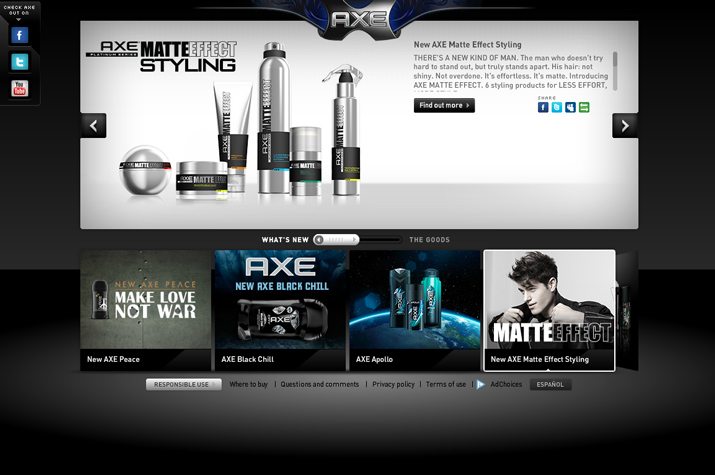
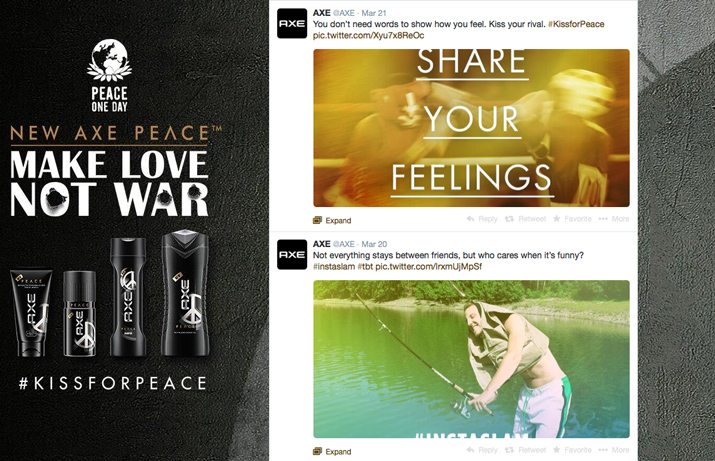
Now that you are thinking about brand personality and what different elements can mean, how do you create that personality? Put it all together across a variety of platforms.
Understand and know the characteristics and tone of your brand. What are the five key phrases that define the brand? How can you communicate in that way? Make sure everyone who will communicate on behalf of the brand is on board with voice and style. If your brand is silly and fun, this should apply to both the website and Twitter feed, for example.
And then just do it. Get out there and let your brand take on a life.
Conclusion
Some of the most notable brand personalities out there include companies such as Nike, Old Spice, Mail Chimp, Pepsi, Apple, Wrangler and Axe, which are showcased throughout this article. These personalities have existed for a while and have evolved over time.
What’s the personality of your brand? How did it come to be that way? We’d love to hear your stories. Share them in the comments.





